Aventon Aventure.2 Review: Final Takeaway
The Aventon Aventure.2 has been out for nearly a year now, which has given us plenty of time to ride it and compare it to other fat-tire e-bikes. It’s one of the best fat-tire e-bikes on the market, as well as one of the most popular. But after a year, it’s fair to ask, is this still king of the hill? In our review of the Aventon Aventure.2 we will take a look at what makes this such a standout e-bike at a competitive price point. In our Aventon Aventure.2 we will look at how it performs both on-road and off, as well as how it accelerates, handles and brakes. We will also dig into their range claims to see if this e-bike has as much endurance as it does style and versatility.
My Experience Riding The Aventon Aventure.2 E-Bike
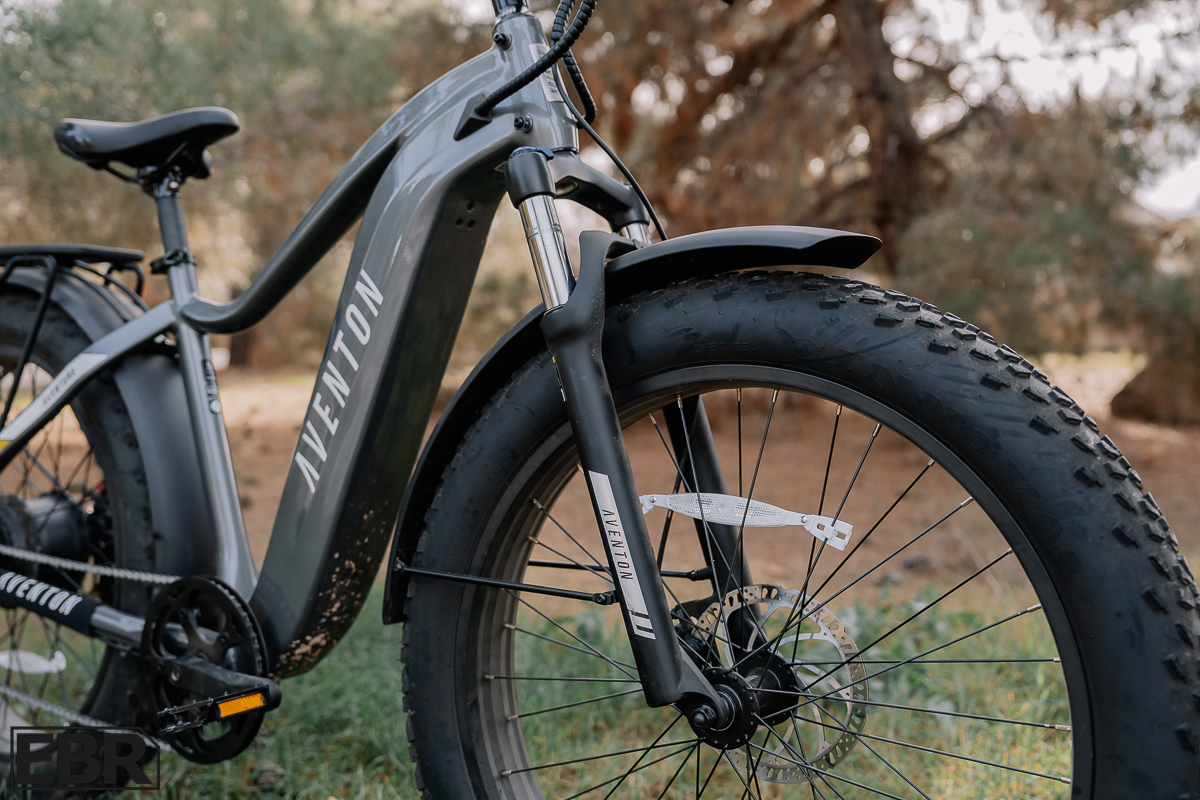
One of the things I really love about the Aventon Aventure.2 is how beefy and stiff it is. Not only does it look impressive, it offers a very stout frame that gives riders a really solid feeling. I’ve put some big riders on the Aventure.2 to try and for anyone who is 250-300 lbs., this is an e-bike you should consider.
We tested the version of the Aventon Aventure.2 with the step-over frame. They also make a version with a step-thru frame and both frame styles come in two sizes, regular and large.
The swoop of the sloping top tube gives it a more approachable look, but also improves the Aventure.2’s standover height in both the regular and large sizes. In order to judge how stiff the frame is we’ve been doing what we call a wobble test. This is one of the most firm—stiffest—e-bikes we’ve tested.
With 4-in.-wide tires and wide rims, the Aventure.2 has a very comfortable ride and offers great traction. Overall good quality construction gives this a better-than-average ride. When I put people on this e-bike, the comment I always get from people is, “Oh, that bike is really comfortable.”
Range
Estimated Range (from Aventon): Up to 60 mi.
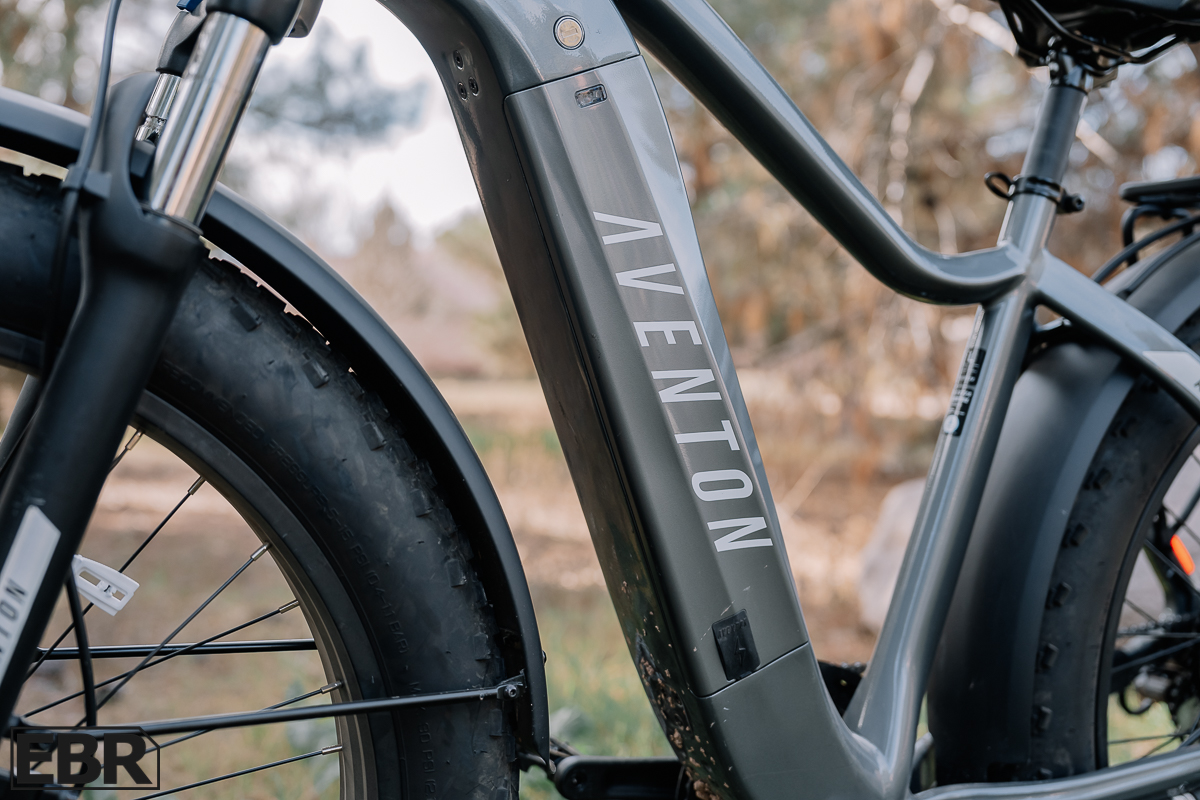
When we first received the Aventon Aventure.2 we were wondering just how close it would come to achieving the 60 mi. range that Aventon advertised. A 720Wh battery is fairly big, but not super big. Considering the 77-lb. weight of the Aventure.2, we worried that it might fall short.
Our colleagues at Electric Bike Report tested the Aventure.2, they did tests both at PAS 1 and PAS 5. In PAS 5, they managed to pedal for 31 mi., a truly impressive result. When they recharged and then went out it PAS 1, they upped that distance to 59 mi. Technically, they fell short, but practically speaking, they were on the money and seeing real-world results that come so close to a manufacturer’s claims reassures us not just about the e-bike’s range, but that they are being accurate about their other claims.
I don’t think people understand just how far it is to ride between 30 and 60 mi. on an e-bike. That’s hours of riding. It has plenty of range. For someone who is traveling with their e-bike and might not be able to recharge regularly, then an extra battery is a good solution, but we can’t criticize the range of the Aventon Aventure.2.
Power (Motor & Battery)
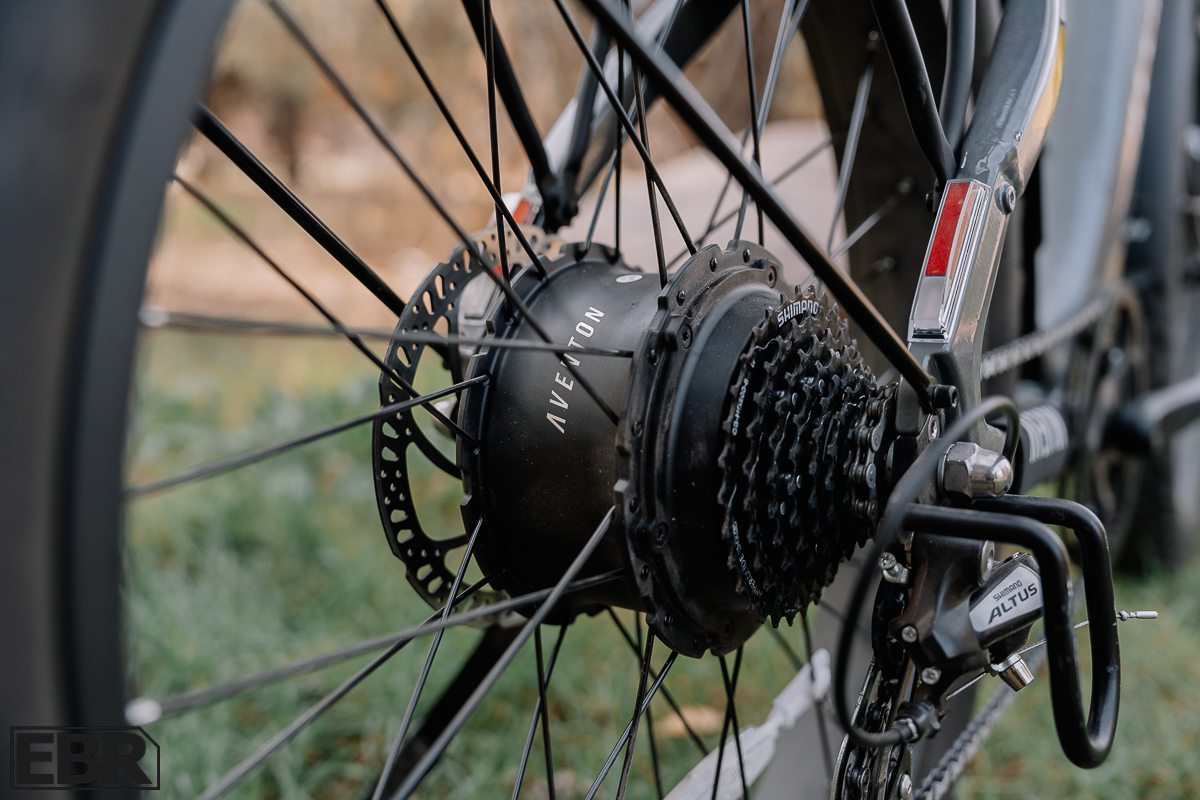
The Aventon Aventure.2 features one of the more powerful rear hub motors we’ve tested. The motor uses 48V circuitry and produces 750W and up to 80Nm of torque. Because I do all the hill testing for Electric Bike Report, I can say this is one of the more powerful motors that we’ve tested. My dad even has one and it has held up really well under his use.
With all the talk of UL certification of e-bikes, we need to say that the Aventure.2 is certified to UL’s 2849 standard, which governs the entire system including both motor and battery. We were impressed by how quickly they were able to secure certification. That speaks well of the quality of the system they designed.
The battery is a 48V, 720Wh lithium-ion battery that is fully integrated into the down tube. I really like that the panel that you can unlock to remove the battery is mounted on the side of the down tube rather than beneath it. It makes removing the battery for charging much easier.
The big news with the Aventure.2, what I’d say is the single biggest upgrade over the previous Aventure is the addition of a torque sensor. A torque sensor means that the motor takes the power (wattage) that the rider produces (pressure at the pedals) and uses that to determine how much wattage the motor produces. The harder the rider goes, the greater the power the motor puts out, and when the rider backs off, so does the motor.
With a cadence sensor, you pretty much know how fast you’ll go at each PAS level; PAS 1 might be 12 mph and PAS 5 might be 20 mph, but with a torque sensor, you can set the e-bike to PAS 5, but not go maximum speed by pedaling softer. It lets you dial in your speed more, and control how much assistance you get from the motor.
While we’ve seen a number of e-bike makers add torque sensors in the last year, Aventon was one of the first to do that and they deserve credit for popularizing that feature.
Components
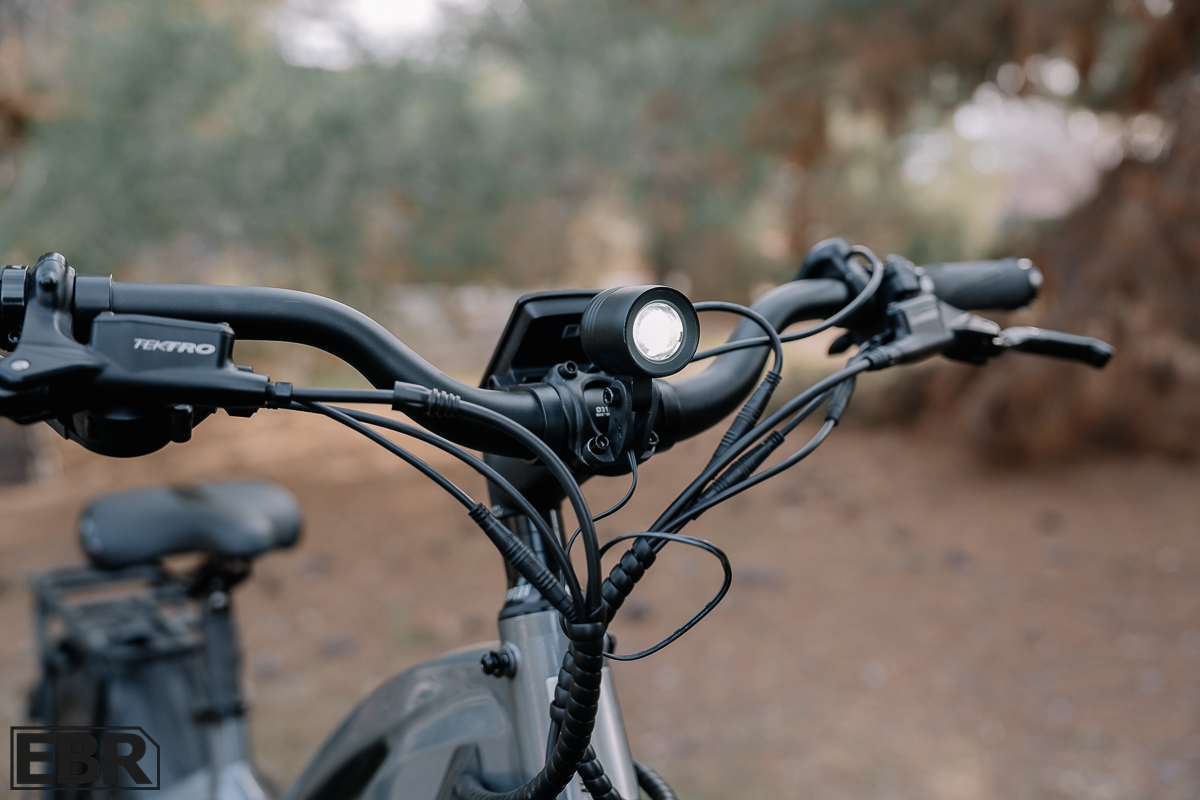
Aventon upgraded the drivetrain on the Aventure.2 over what was on the original Aventure. It features an 8-speed Shimano Altus drivetrain. It has an 8-speed trigger-style Shimano Rapidfire shifter, which is easier to use than the thumb shifter we find with the 7-speed drivetrains.
Another helpful change was the move to a wide-range (12-32t) cassette. This increased the gear range from 200 percent to 266 percent, giving riders more gear choices for both flats and hills.
The combination of a 48t chainring and the 12t rear cog gives you a high gear that is big enough to go 28 mph, should you choose to unlock the Aventure.2 and ride it as a Class 3 e-bike.
Even though the Aventure.2 is powerful enough to perform as a Class 3 e-bike full-time, Aventon ships this e-bike as a Class 2 model because many communities don’t permit Class 3 e-bikes. We encourage anyone looking at a Class 3 e-bike to check out their local e-bike laws so they know exactly what is permitted, as this changes from community to community.
The brakes come from Tektro; they are their HD E350 model and they come with a comfortable lever that can be used with one finger or two, the touch is that light. They are paired with 180mm rotors. The rotors are 1.8mm thick and while some people might suggest that 2.3mm-thick rotors might offer better brake power, I can’t say anything bad about these brakes.
The Aventon saddle made by Velo is a very comfortable saddle with a wide rear and narrow nose that I think is very comfortable.
The suspension fork includes both lockout and preload adjustment. Keeping the fork locked out isn’t as comfortable, but it makes the handling more consistent. The preload adjustment is helpful for heavier riders. Ideally, when someone sits on the e-bike, the fork should compress 20-25mm to make sure you’re getting the most out of the fork.
They chose not to go with a thru-axle design and it’s hard to criticize them for not doing an upgrade in the fork as well. Had they upgraded the fork, I think we would have seen the price on the Aventure.2 creep above the $2000 price point.
The alloy bar is 680mm wide and it includes a bit of rise and sweep, so that riders get a nice, comfortable position. The lock-on grips are very comfortable. The cockpit includes a thumb throttle as well as the controller. The wide bar helps with control on dirt roads and paths by giving the rider more leverage in steering.
Screen / User Interface / App
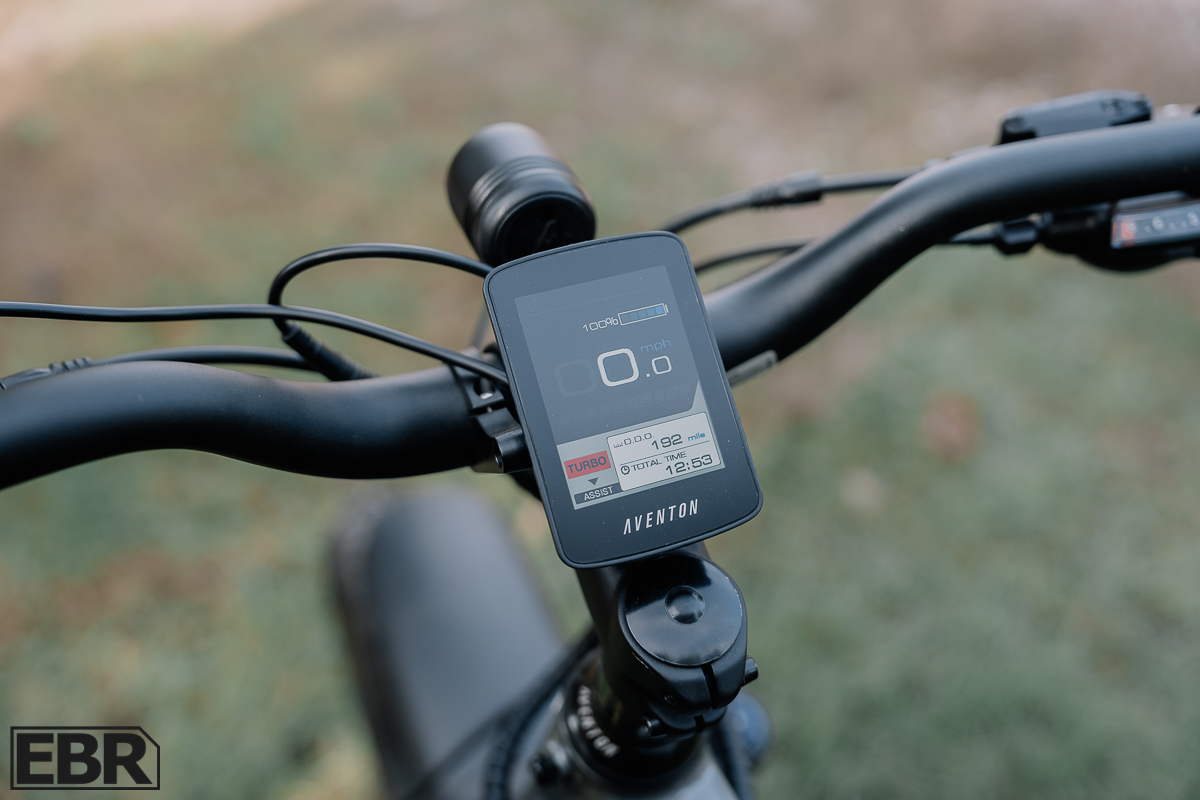
The color LCD display is plenty large and mostly easy to read. There’s a battery charge indicator bar at the top of the display, as well as a large display for current speed. In the lower left, you can see which PAS level you’re in: Eco, Tour, Sport or Turbo.
Double-clicking the left blinker button on the controller shifts the display to a screen that shows trip distance, ride time duration, calories burned, average and maximum speeds, and, finally, how much CO2 you’ve prevented from going into the atmosphere, had you been driving, instead.
The five-button controller is easy to use and it’s not hard to remember where each of the buttons are so you don’t have to look.
The Aventon app can be connected to the e-bike via a QR code and in the app you can see your history of rides and other data. It is also where you can unlock the Aventure.2 if you wish to ride it as a Class 3 e-bike with a maximum-assist speed of 28 mph.
One page of the app is called “Discover” and it offers a social dimension where you can connect with other Aventon riders, see the rides they’ve done and even pose questions to Aventon’s customer service. It’s a pretty cool feature. It even offers medals to help with your motivation.
Is The Aventon Aventure.2 Worth Buying?
The Aventon Aventure.2 is meant for off-road use, but it’s an e-bike that you can easily commute on. It’s not a dedicated commuter like the Aventon Level, but there’s nothing about this e-bike that says it can’t be used on-road for cruising around town.
One thing I hear consistently from people who try the Aventon Aventure.2 is that on the road, despite its weight, it feels fairly nimble. It doesn’t feel heavy—it cruises nicely.
We’ve discussed how comfortable this e-bike is. It’s a bike where I’m not in a super-aggressive riding position. It’s not like a mountain bike. You sit a little more upright. When I put people on this e-bike, they comment what a comfortable ride it is.
The presence of a torque sensor is one of the big features of the Aventure.2 that makes this e-bike stand out from other similarly priced fat-tire e-bikes. As I’ve noted, with a cadence sensor, each PAS level corresponds to a preset speed; that’s because each PAS level is set to deliver a particular wattage. With a torque sensor, the motor’s output is based on how hard the rider is pedaling at that moment. It’s more like multiplication, so as the rider varies their effort, the e-bike’s speed is more variable. Even in Eco, I was able to get the e-bike up to 28 mph, but I was working a lot harder than I would need to in Turbo, which is part of the idea—you get to choose how hard you work.
Thanks to the combination of a powerful motor, a torque sensor and wide-range drivetrain, I had no problem reaching 28 mph (even going a little over that) when I unlocked the Aventure.2. If you plan to commute on the Aventure.2 and want to ride it as a Class 3 e-bike, I do recommend riding in Turbo mode. Why suggest that if you can hit 28 mph in Eco? It’s because it will accelerate more quickly in Turbo, getting you up to speed quicker and through intersections more quickly. The more you go the speed of surrounding traffic, the safer you’ll be.
What makes the Aventure.2 a remarkable e-bike is its versatility. You could commute to work on this e-bike and never take it offroad and never have the sense that you’re missing out on anything, or that you had an e-bike that wasn’t suited to commuting. Or you could spend all your riding time on dirt roads and natural surface trails and be satisfied with its ability to take on challenging terrain.
Pros
- The torque sensor is the single biggest upgrade to the Aventure.2. It makes riding this e-bike much more exciting and seamless, and being able to vary your speed by changing how hard you pedal makes you feel greater control and safer.
- The 8-speed Shimano drivetrain is a notable step up from the 7-speed drivetrains we often see. Not only does it include an extra gear, but the shifting is smoother and the gear range is wider and the trigger shifter is easier to use than a thumb shifter.
- The 4-in.-wide tires give a very comfortable ride and offer terrific traction on any surface. The knobs are big enough to be useful offroad, but low enough to make road riding nice.
- Riders looking for a powerful motor will enjoy the 750W brushless, geared hub motor that produces 80Nm of torque. This e-bike is a powerful climber.
- The 720Wh battery offers up to 60 mi. range on a single charge, enough to keep most people busy for a week’s-worth of vacation riding.
- Using such wide rims allows the tires to remain comfortable in their ride without allowing an excess of sideways flex.
Cons
- We would love to see them upgrade the front hub to use a thru-axle, rather than a bolt-on axle. It will reduce flex and make the handling a bit more precise.
- We would like to see the square-taper bottom bracket spindle replaced with a large-diameter, hollow spindle to offer greater stiffness when pedaling.
There is a reason that a number of media outlets have named the Aventon Aventure.2 one of the best e-bikes of the last year. I’ve been riding this e-bike for roughly a year and find it to be one of the best sub-$2000 fat-tire e-bikes on the market.
Just looking at the handful of criticisms we’ve made of the Aventure.2 proves how good this e-bike is. What I mean is that the the only things we’ve been able to pick at are really minor points, the sorts of details that experience bike reviewers get picky about, the sorts of things that if changed would make a difference but would in all likelihood increase the cost of this e-bike more than the improvement they offer is worth.
The best recommendation I can make for the Aventon Aventure.2 may be this: Often, we suggest to our readers and viewers that they need to ask themselves how they want to use their e-bike once they buy it. Do you want to commute? Run errands? Take kids to school? Explore dirt roads? With the Aventon Aventure.2, you don’t really need to decide what you want an e-bike for. You can buy first and decide later, after you start riding it and find out when you most enjoy it. And that strikes me as a kind of built-in insurance plan—who doesn’t want an e-bike that promises to be whatever the average person needs?

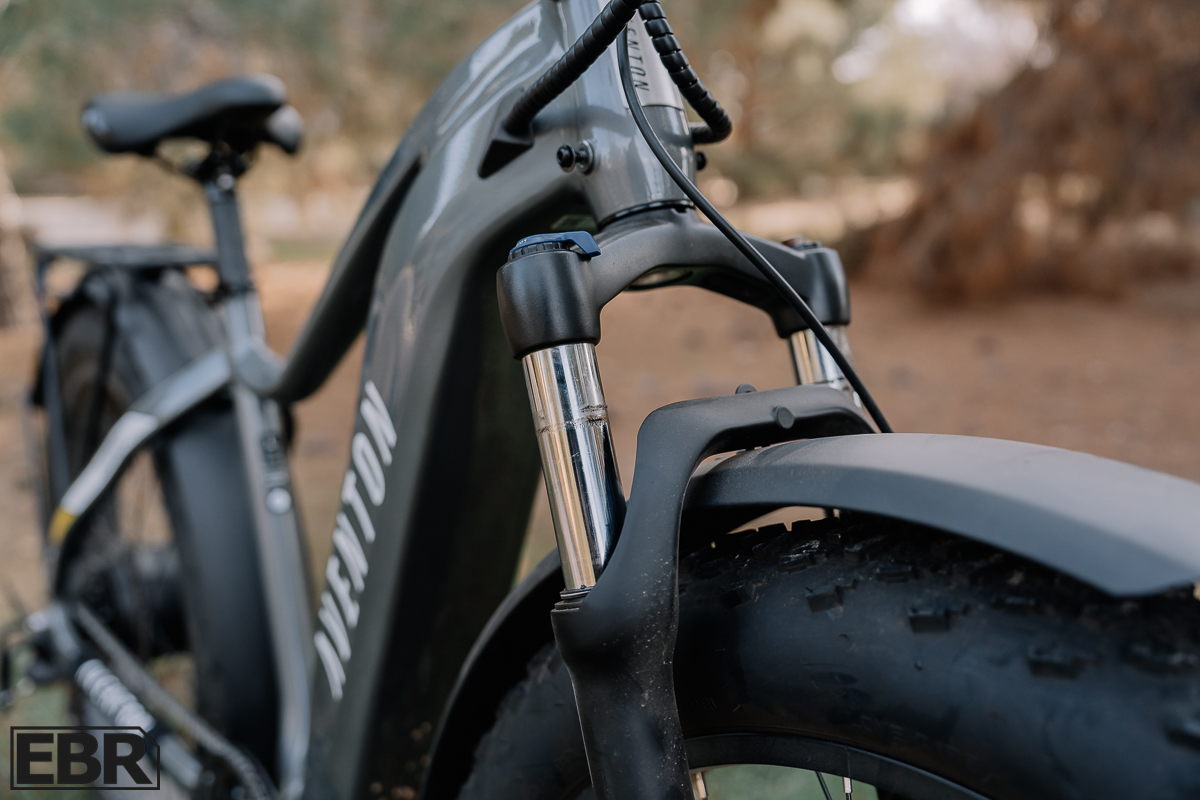
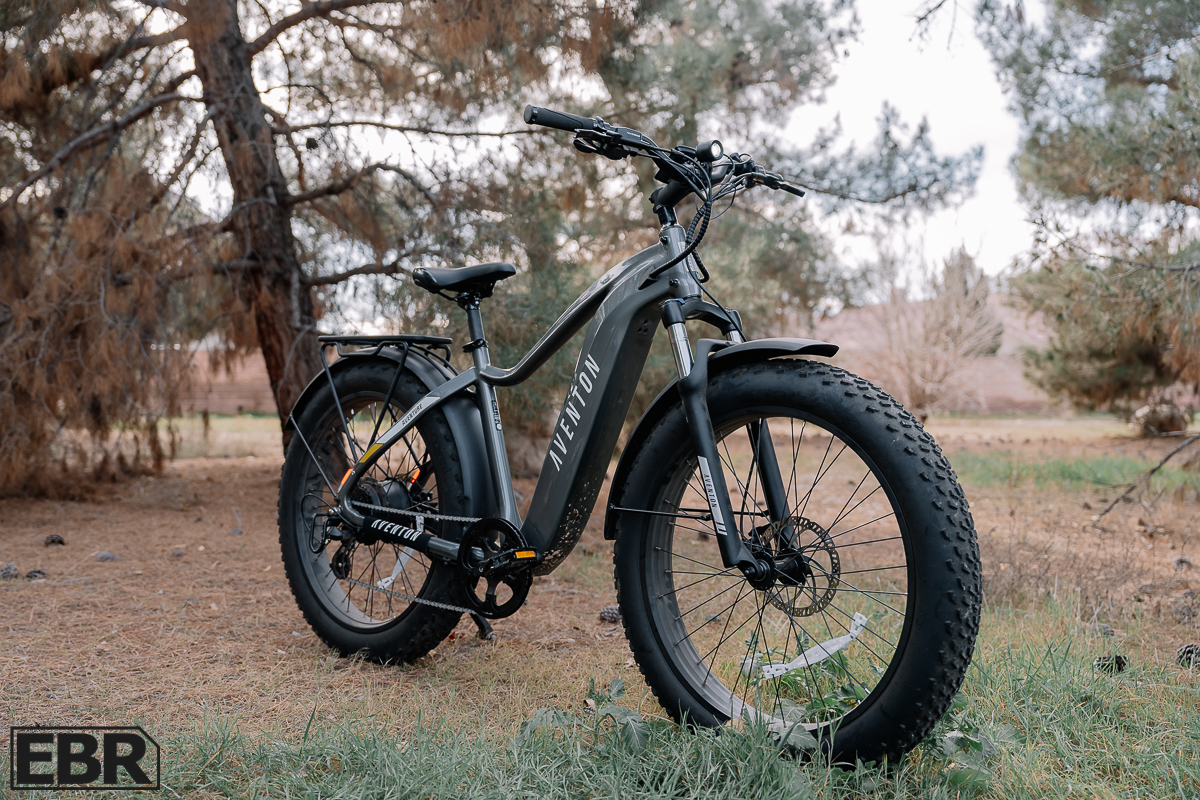
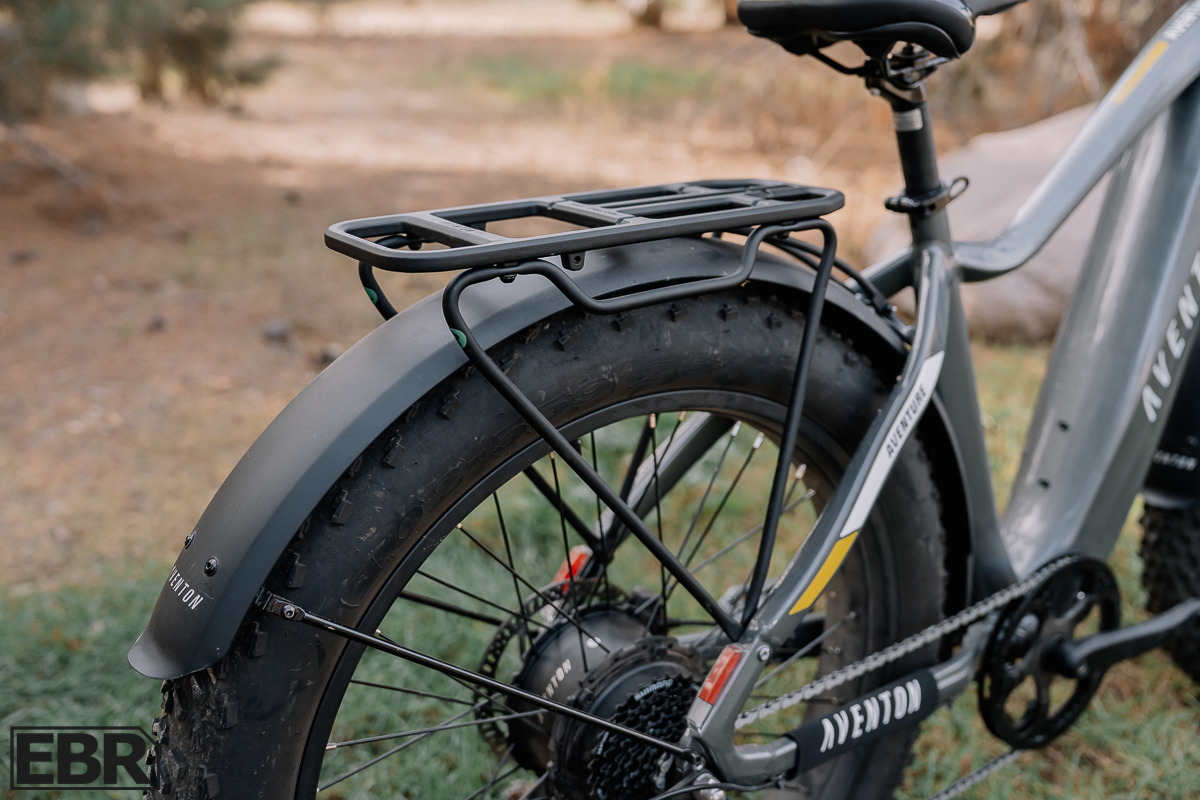

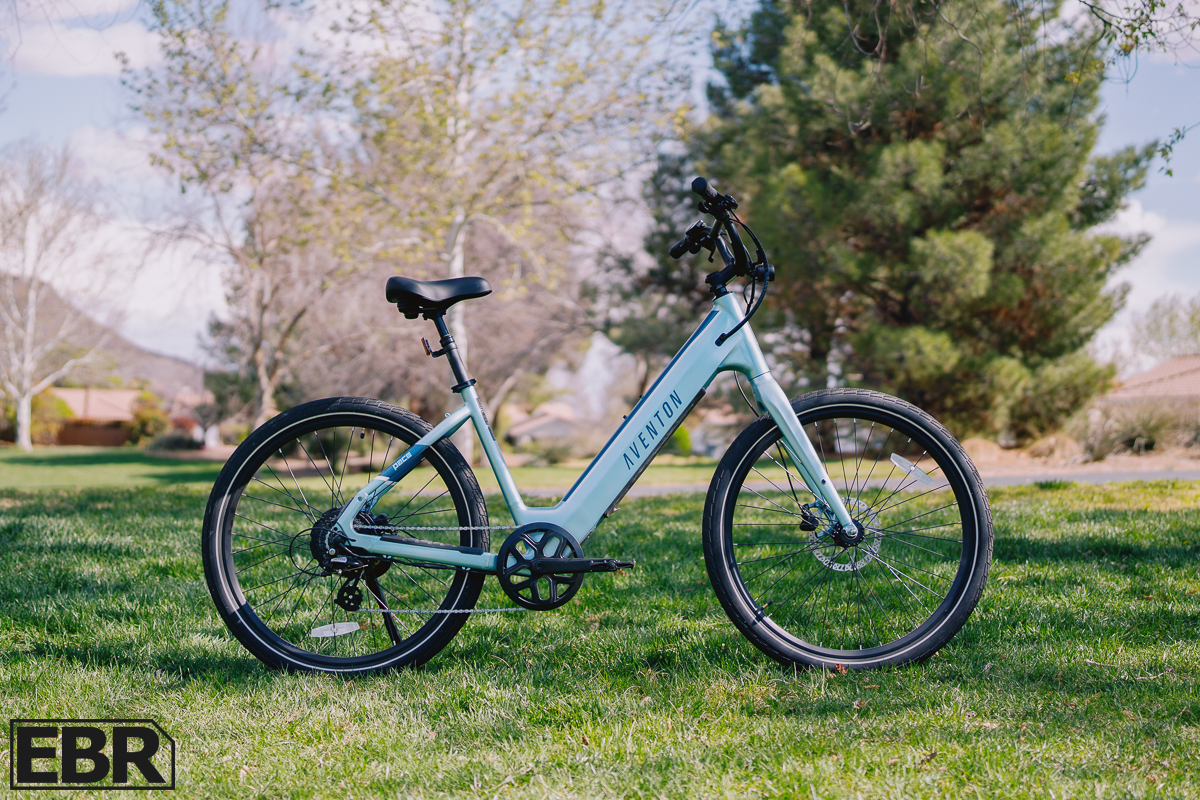
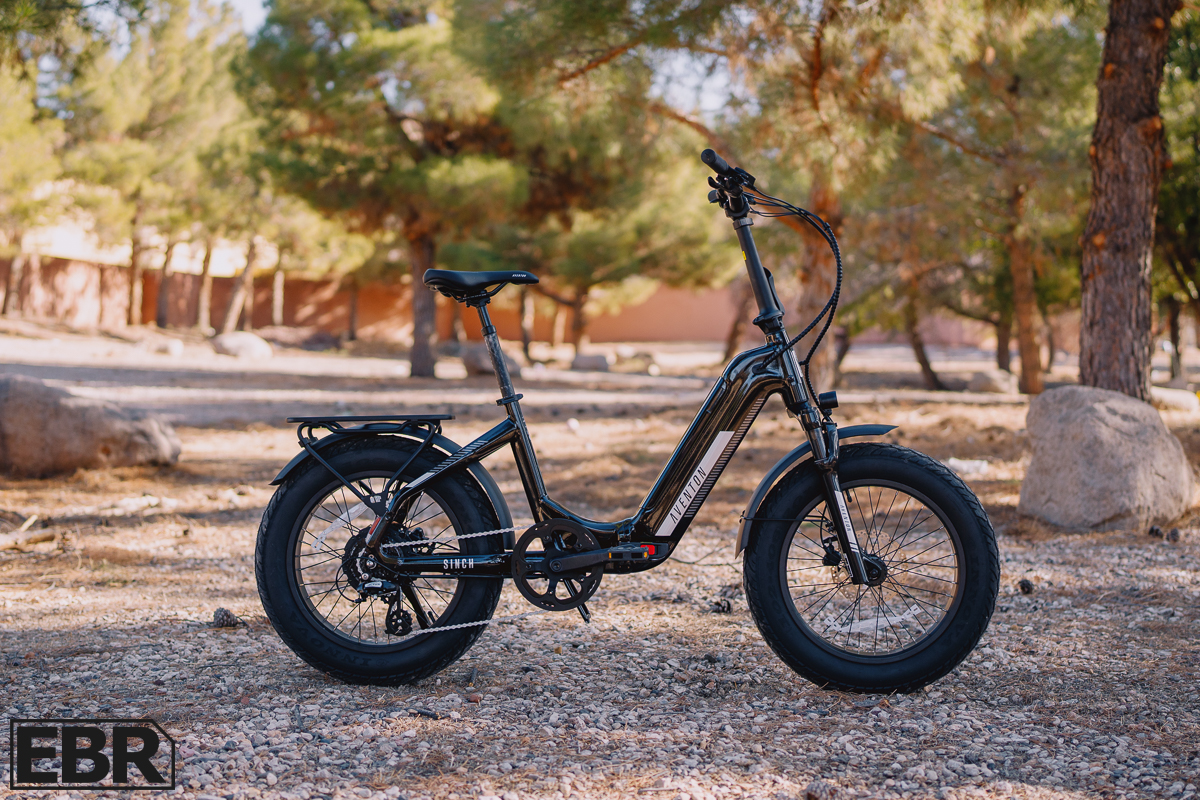
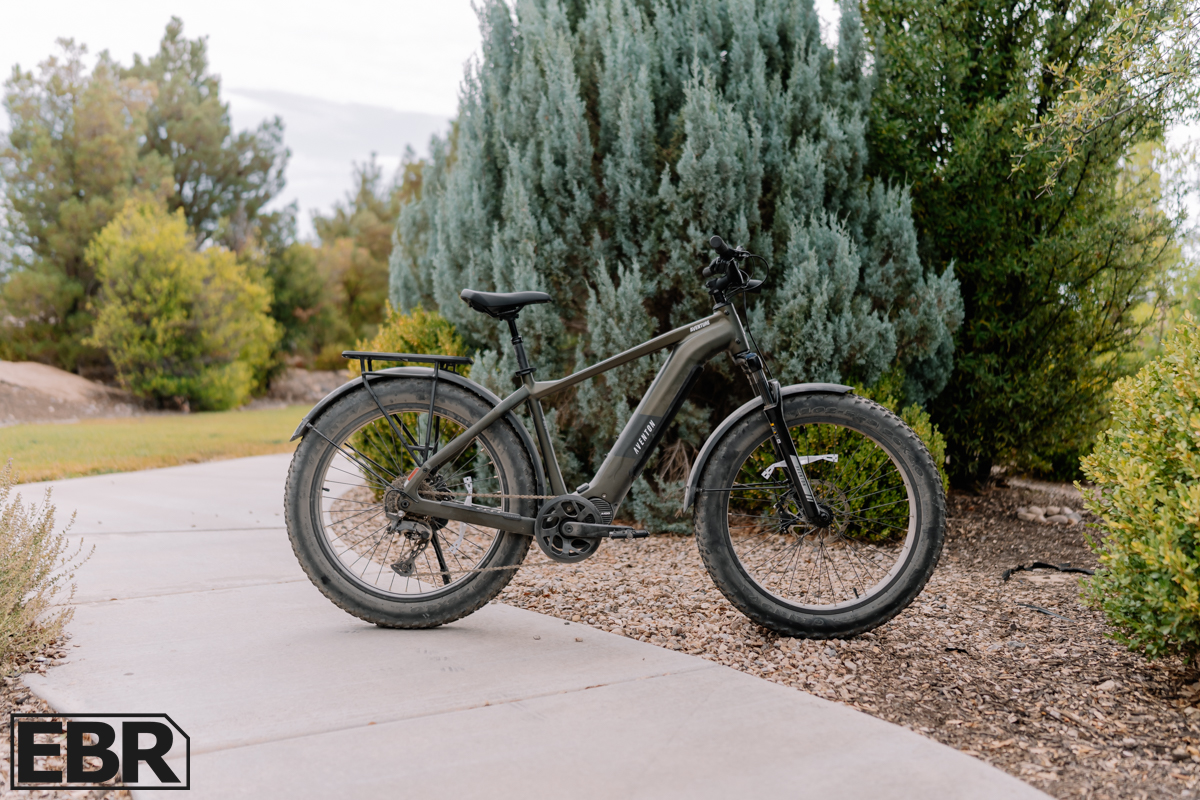
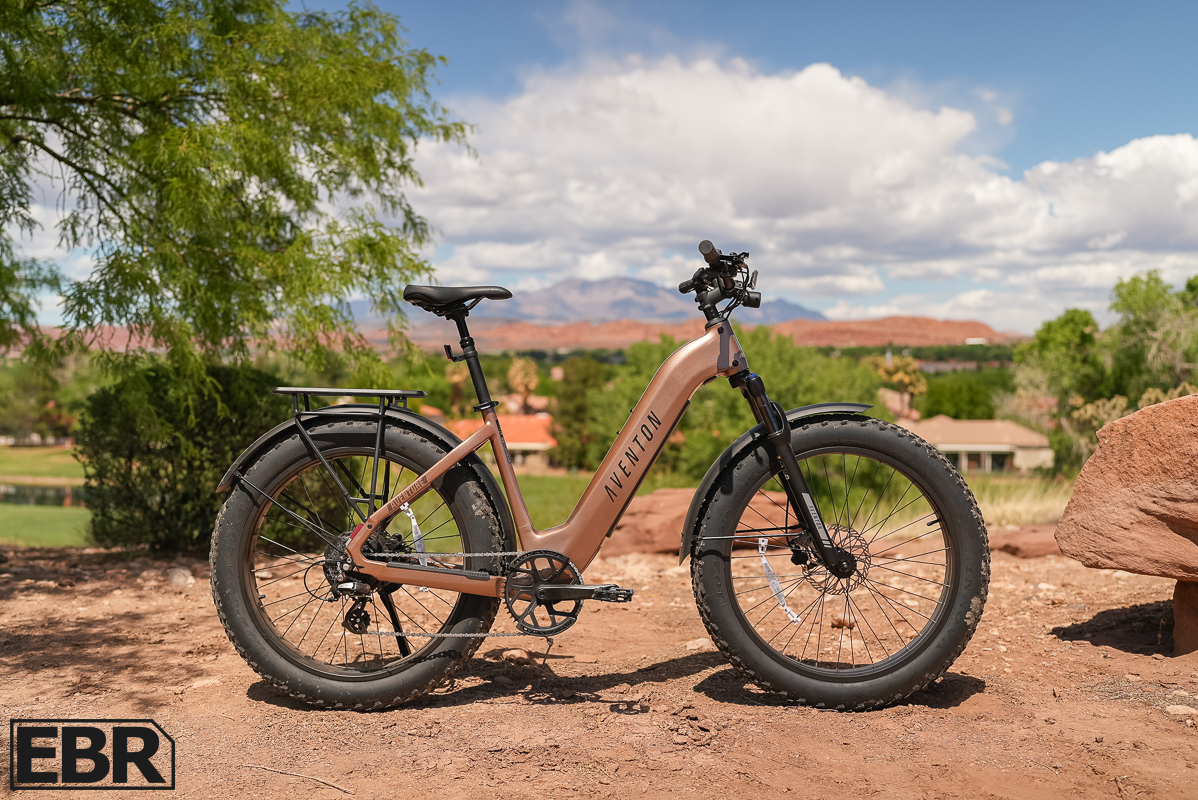

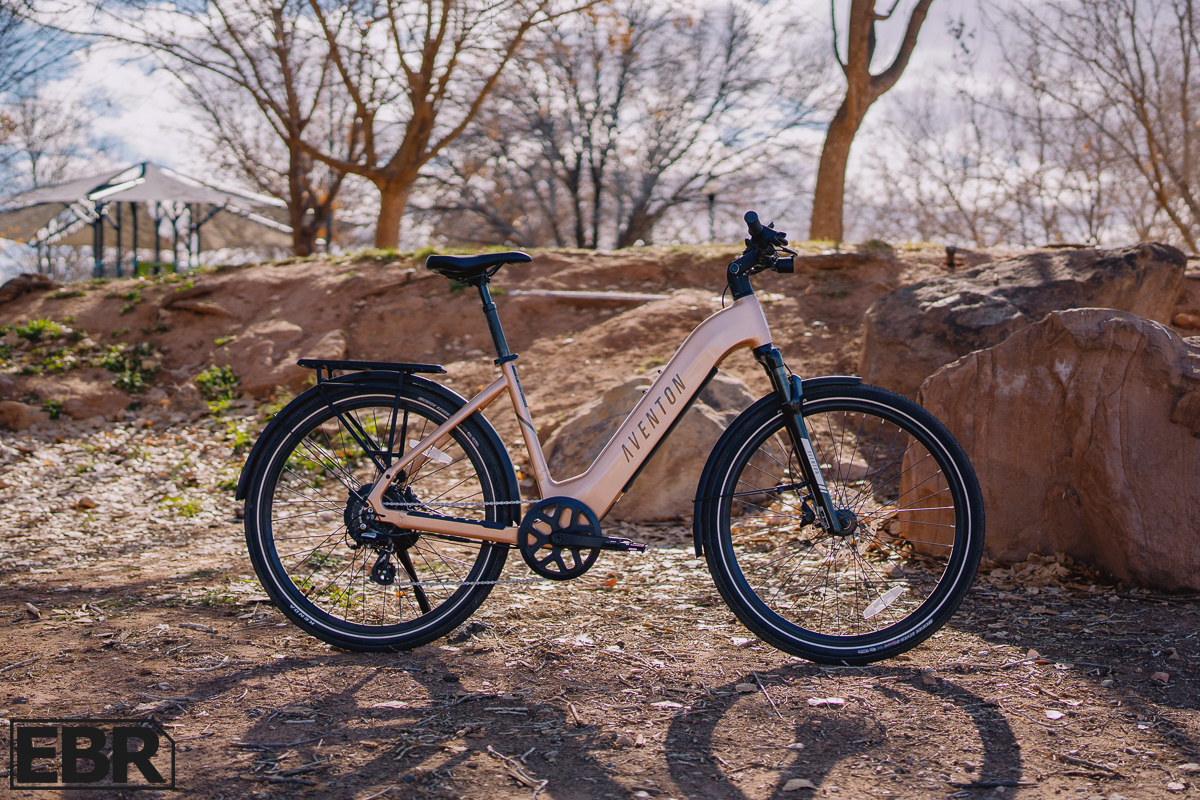
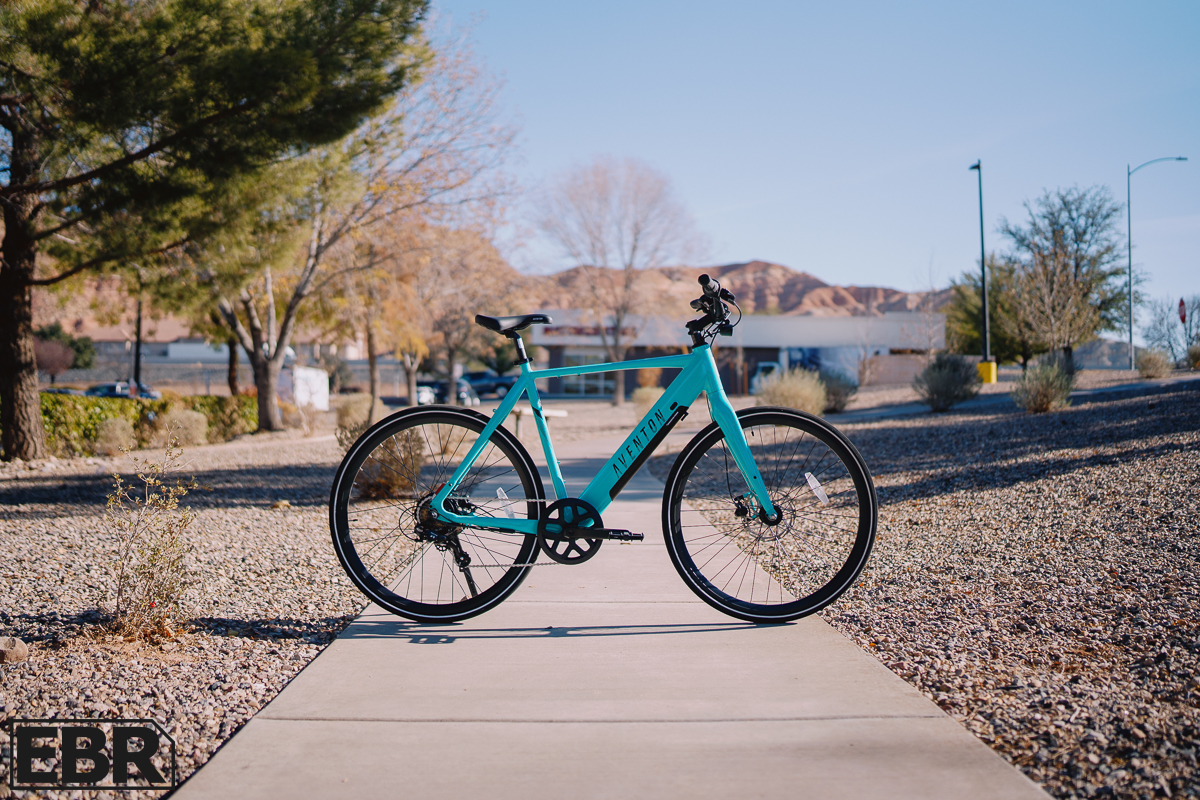
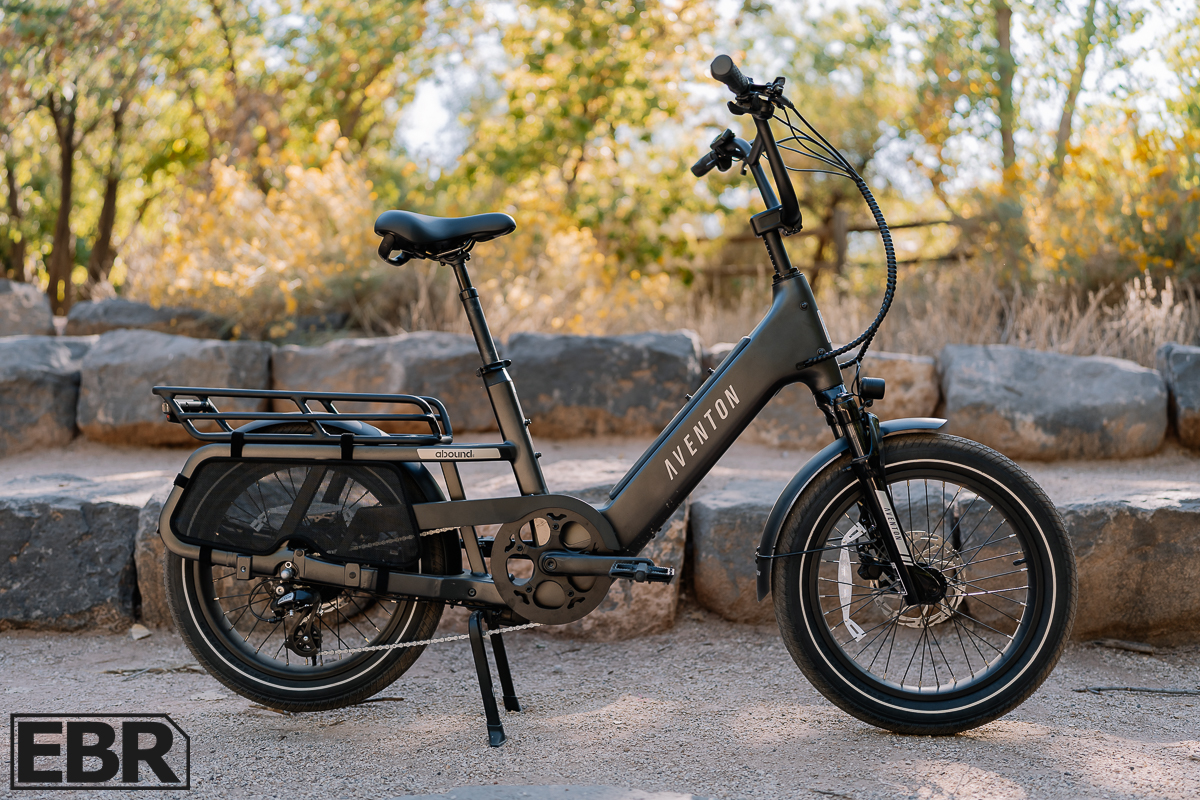
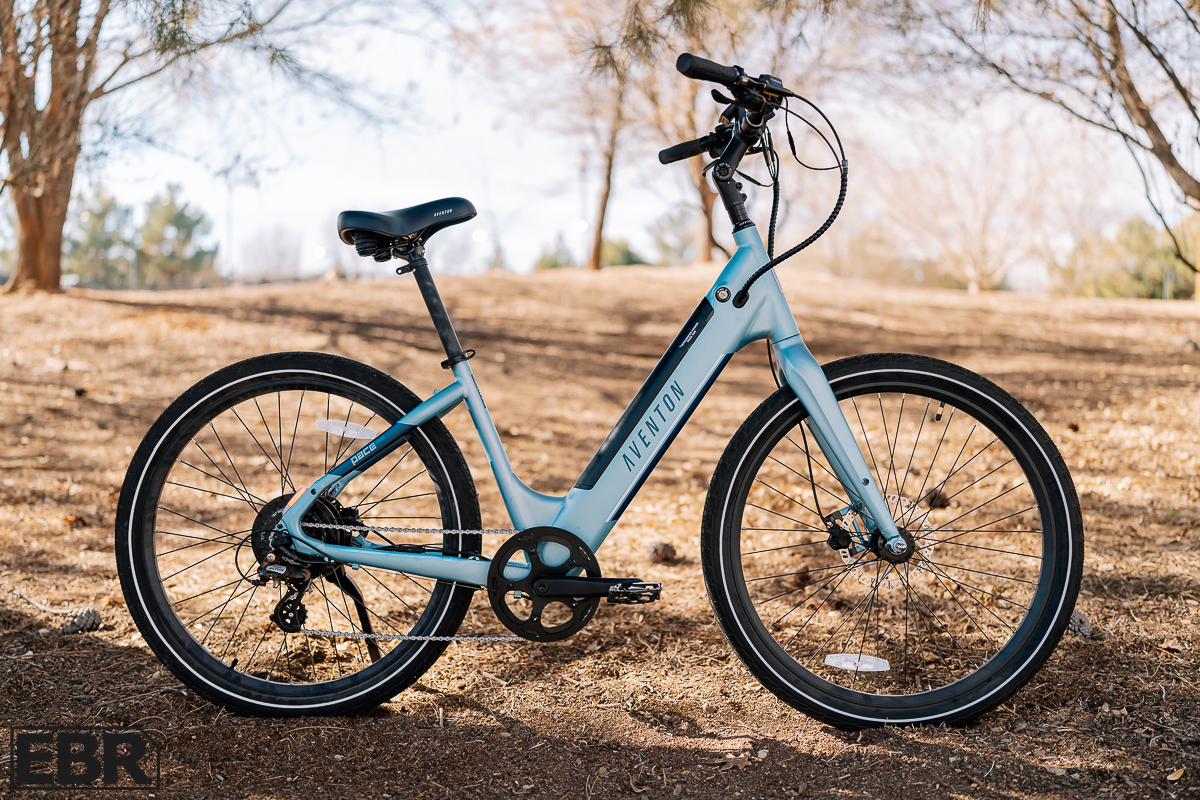
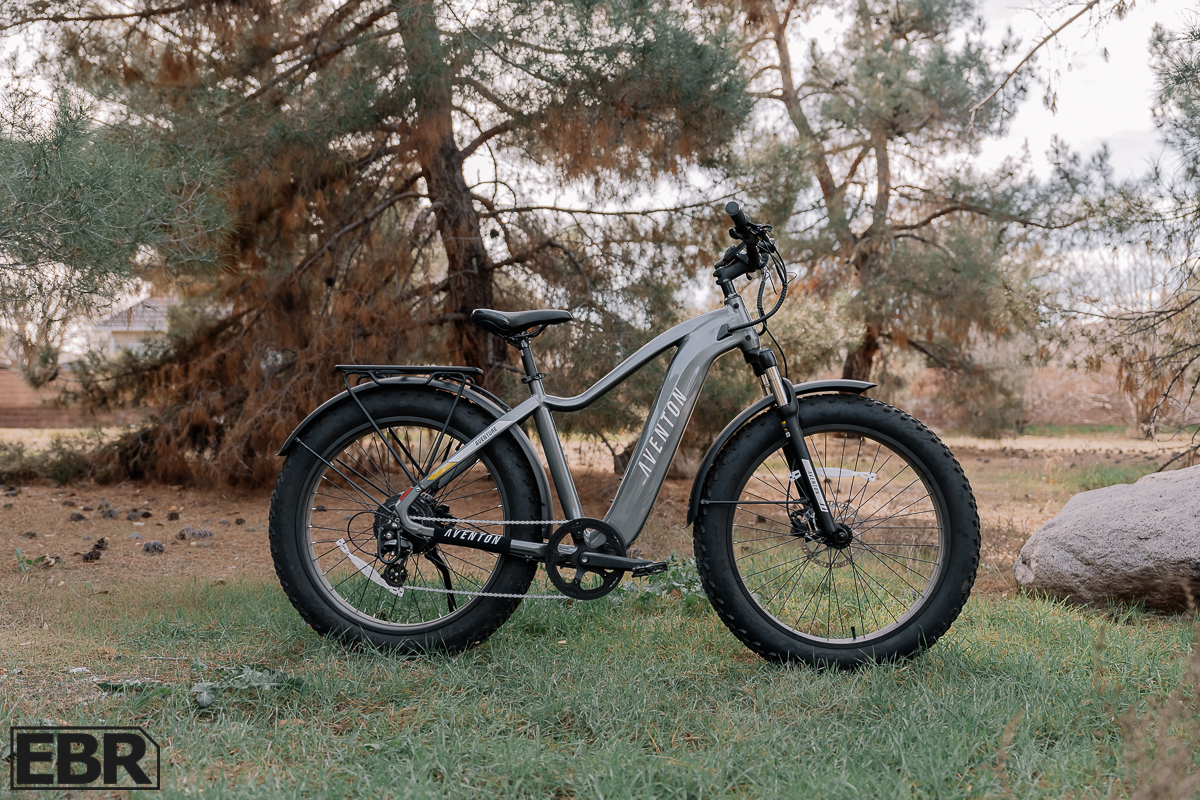
Andy says
I read the Aventon Aventure 3 review and appreciate the insight…I’ve had e-bikes since 2020 and have 7500 miles 600 hrs on my MacWheel and 29000 miles 1600 hrs on my Aventon Aventure 2. Both are totally original except tires, brake pads and chain. Never had a problem or even a flat. I estimate I’ve saved $10000 on fuel and maintenance… My goal is 40k miles and then maybe buy a new ride! Thanks